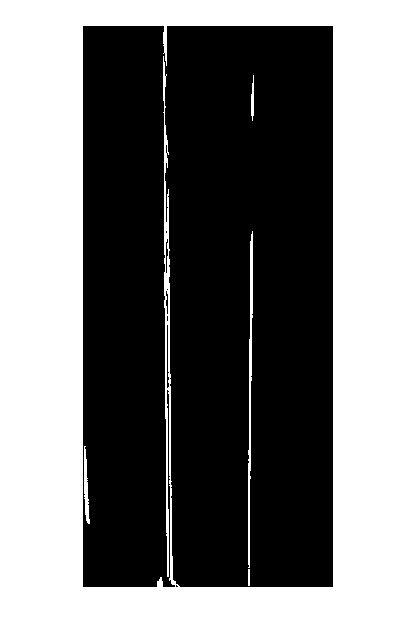segmentLaneMarkerRidge
Detect lanes in a grayscale intensity image
Syntax
Description
birdsEyeBW = segmentLaneMarkerRidge(birdsEyeImage,birdsEyeConfig,approxMarkerWidth)birdsEyeImage, using a
lane ridge detector. birdsEyeConfig transforms point
locations from vehicle coordinates to image coordinates. The
approxMarkerWidth argument is in world units, and
specifies the approximate width of the lane-like features that are
detected.
birdsEyeBW = segmentLaneMarkerRidge(___,Name,Value)Name,Value pair arguments.
Examples
Input Arguments
Name-Value Arguments
Output Arguments
More About
Algorithms
segmentLaneMarkerRidge selects lanes by searching for pixels that
are lane-like. Lane-like pixels are groups of pixels with
high-intensity contrast compared to neighboring pixels on either side. The function
chooses the filter used to threshold the intensity contrast based on the
approxMarkerWidth value. The filter has high responses for
pixels with intensity values higher than those of the left and right neighboring pixels
that have a similar intensity at a distance of approxMarkerWidth.
The function retains only certain values from the filtered image based on the
Sensitivity factor.
References
[1] Nieto, M., J. A. Laborda, and L. Salgado. “Road Environment Modeling Using Robust Perspective Analysis and Recursive Bayesian Segmentation.” Machine Vision and Applications. Volume 22, Issue 6, 2011, pp. 927–945.
Extended Capabilities
Version History
Introduced in R2017a


